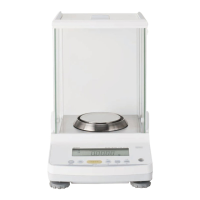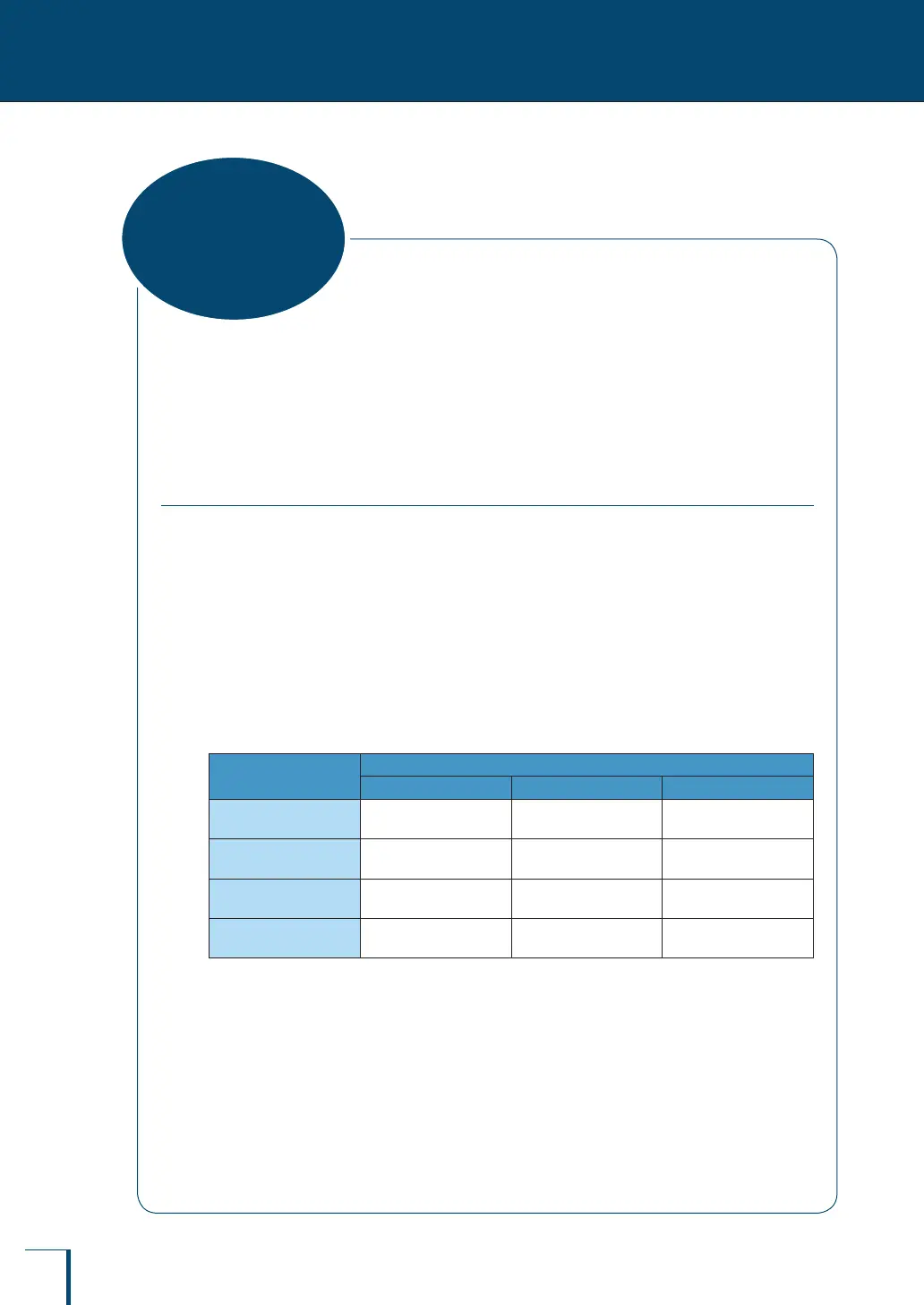136
11
MAINTENANCE
In order to establish and maintain the performance of the balance, weights must be used to accurately
adjust the balance's scale, and to check its adjustment.
With the ATX-R/ATY-R series balances, weights are used when performing a part of calibration
(^ page 50) and inspections (^ page 134) in the environment in which the balance is actually used.
The weights should be prepared in advance and managed properly.
Types of Weight and Their Selection
There are many types of weights.
Select the appropriate weights for the specications of your balance by referring to the following
table.
Selecting the class of weight
As the main form of classication, weights are normally divided into classes according to their
degree of accuracy.
Select the most appropriate class of weights to be used for calibration and inspection of the
balance, based on the type of the balance.
The table below shows the classes of weight and the applicable balances.
Select weights whose Class of Weight is E2.
Class of Weight
Applicable Type of Balance
Minimum Indication Resolution* Common Name
E2 Less than 1 mg
Around 1/1,000,000 or
better
Analytical balances
F1 1 mg or greater
Around 1/100,000 or
better
Toploading balances
F2 1 mg or greater
Around 1/100,000 or
lower
Toploading balances
M1 10 mg or greater
Around 1/10,000 or
better
Scales, etc.
* "Resolution" means: minimum indication / weighing capacity
About Weights

